Introduction

Allergies can significantly impact a person's well-being. This article equips you with comprehensive knowledge about allergies, including types, symptoms, prevention strategies, and the role of air purifiers. We'll delve into the complexities of the immune system's response and explore often-overlooked allergens like VOCs and SVOCs. Additionally, a special focus is given to childhood allergies, empowering parents with valuable information.
What are Allergies and How Do They Work?
- Immune System Mishaps: Allergies occur due to the immune system's overreaction to harmless substances (allergens). Normally, the immune system defends the body against pathogens. However, in allergies, it mistakenly identifies allergens as threats, triggering a cascade of responses.
- Symptoms Explained: Allergy symptoms can vary depending on the individual and allergen type. Here's a breakdown of common symptoms:
- Nasal Congestion and Runny Nose: Inflammation triggered by allergens in the respiratory system leads to congestion, mucus production, and a runny nose.
- Coughing and Itchy Throat: Similar to the above, allergens trigger inflammation in the airways, causing coughing and an itchy throat. In severe cases, wheezing and breathing difficulties may occur.
- Itchy and Watery Eyes: Allergens in contact with the eyes trigger inflammation, resulting in redness, itching, and excessive tearing.
- Itchy Skin and Rashes: When allergens come into contact with the skin, the immune system triggers inflammation, leading to itching, rashes, and even blisters.
Beyond Common Symptoms: While these are some of the most frequent reactions, allergies can also cause vomiting, diarrhea, headaches, and fatigue. The type of allergen and individual sensitivity significantly influence the symptoms experienced. Early identification of allergens is crucial for proper diagnosis, treatment, and management.
A Special Focus on Childhood Allergies
Children's developing immune systems make them more susceptible to allergies. Recognizing and addressing childhood allergies promptly is essential for their well-being.
Allergy Prevention Strategies
- Minimize Exposure: Reducing exposure to known allergens is a cornerstone of allergy prevention. This might involve dietary changes for food allergies, pet dander control for pet allergies, and maintaining a clean environment with dust mite reduction measures.
- Air Purifiers and Hidden Allergens: Air purifiers with HEPA filters can effectively remove common airborne allergens. But don't forget about VOCs (Volatile Organic Compounds) and SVOCs (Semi-Volatile Organic Compounds) emitted from building materials, furniture, and electronics. Opting for low-VOC materials and regularly cleaning can help reduce exposure to these hidden allergens.
Conclusion
Understanding allergies empowers individuals and families to manage them effectively. By recognizing the immune system's response, common symptoms, and effective prevention strategies, you can navigate allergies and create a healthier environment, especially for children. Remember, consulting a healthcare professional is vital for proper diagnosis and personalized treatment plans.

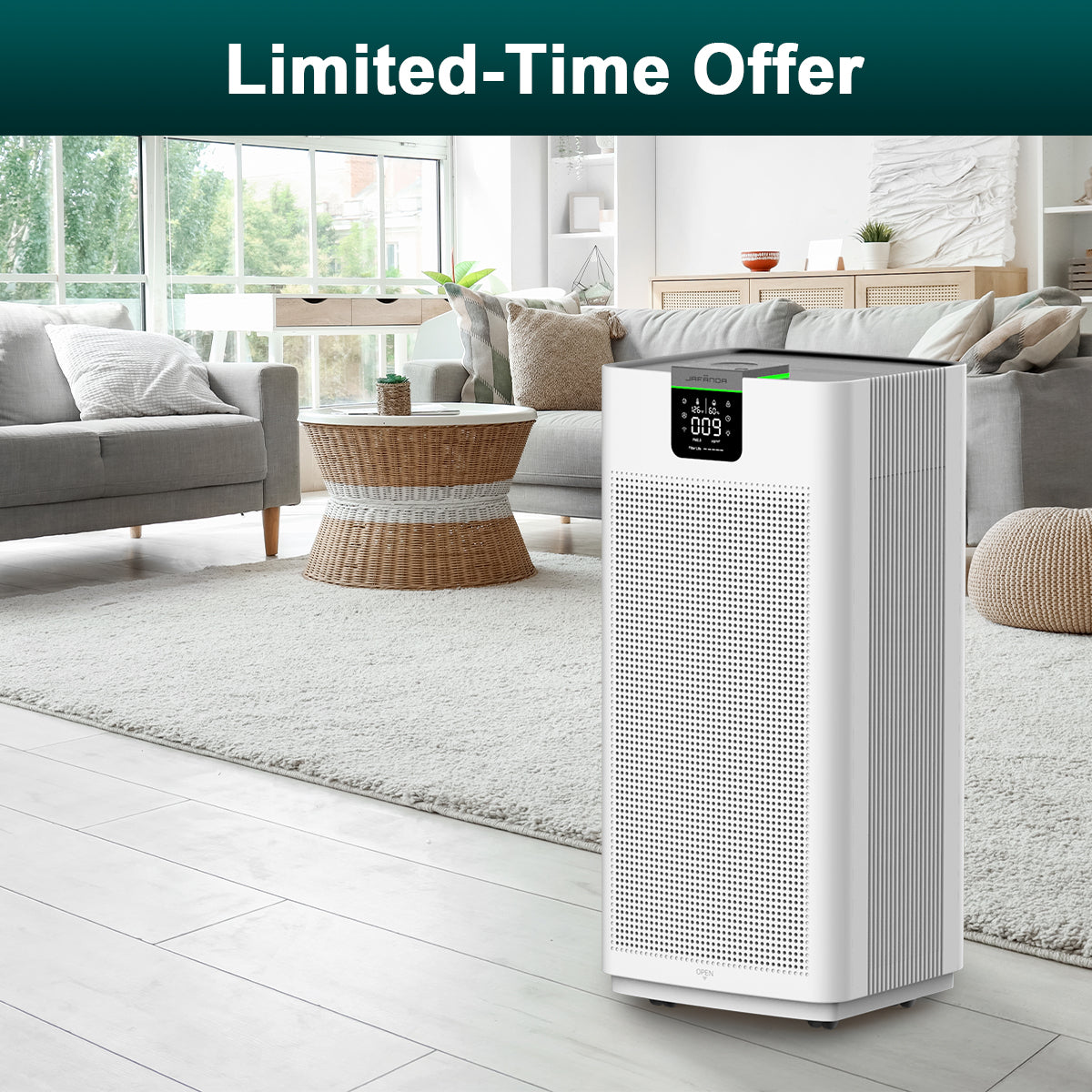
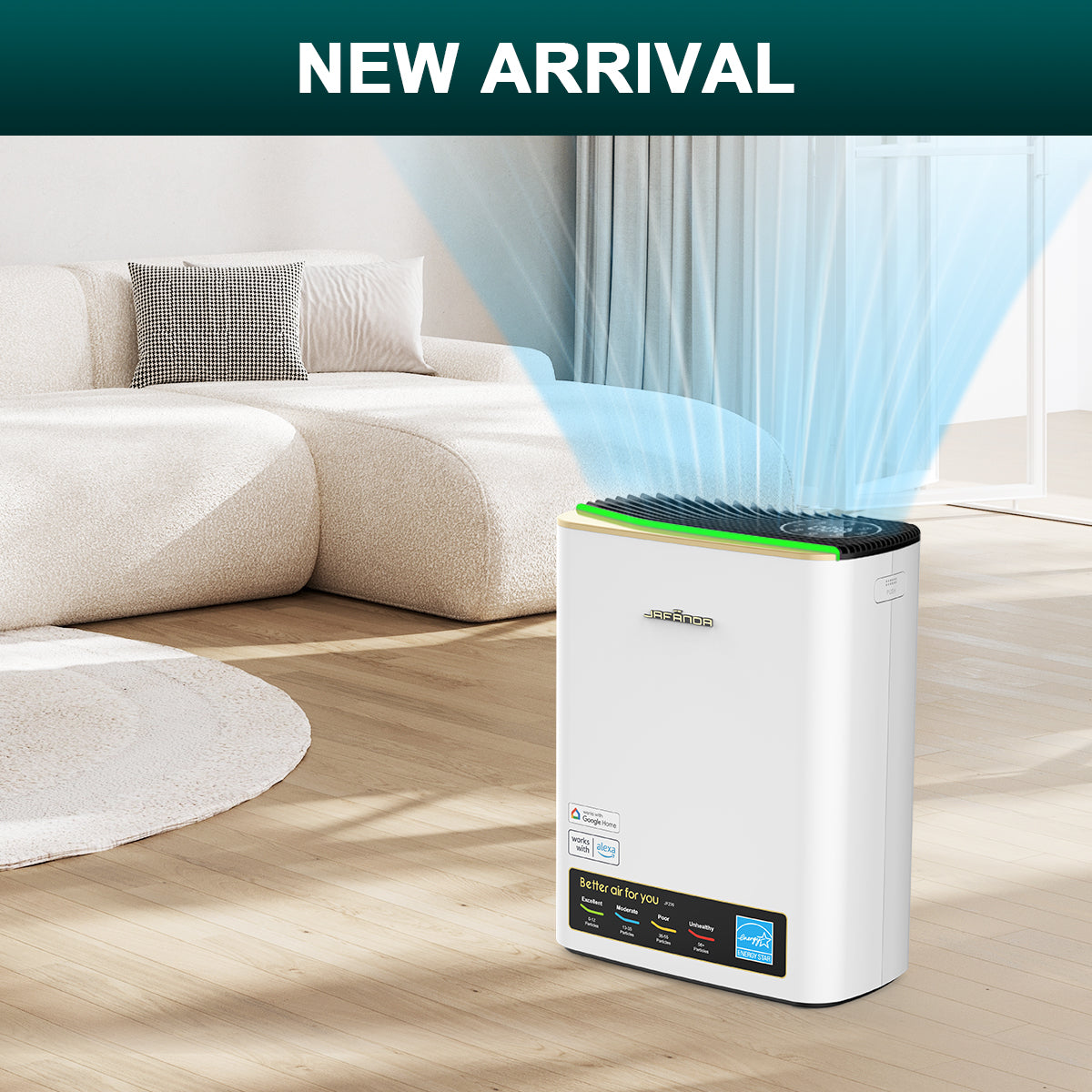
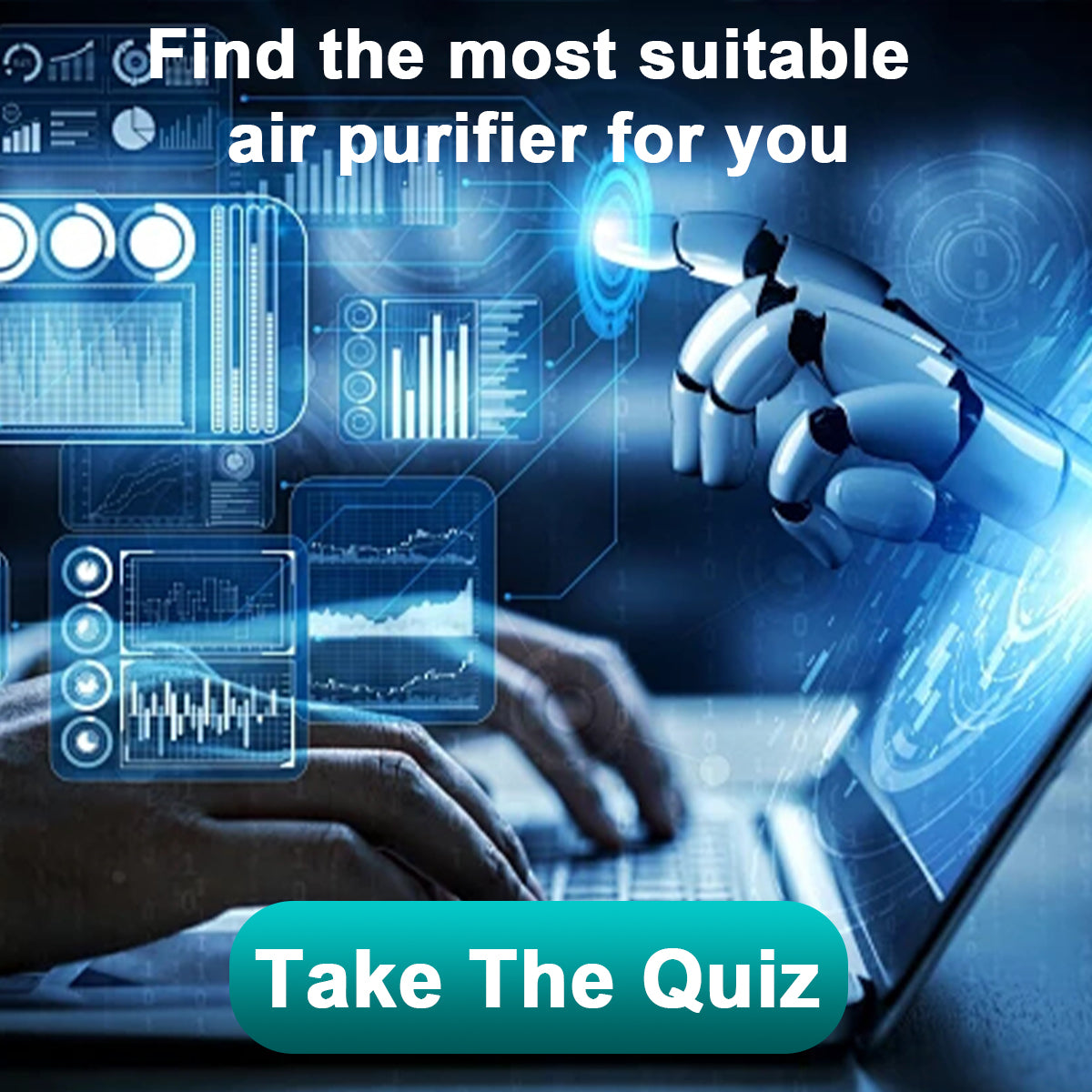
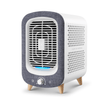
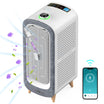
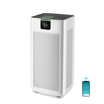
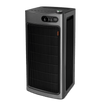

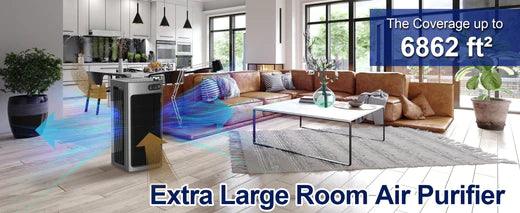
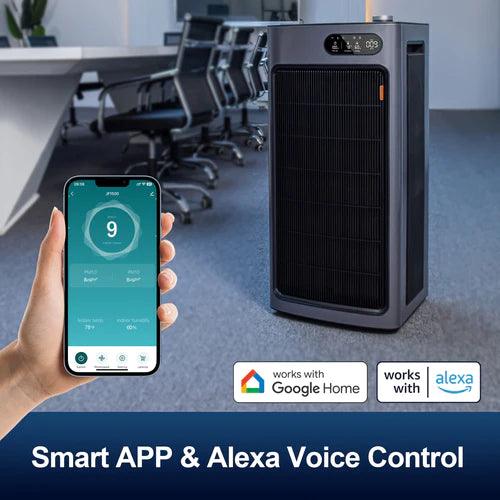
Leave a comment
All comments are moderated before being published.
This site is protected by hCaptcha and the hCaptcha Privacy Policy and Terms of Service apply.